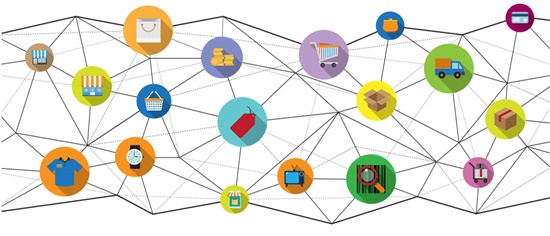A customer engages with your product or service in several stages and via various touch points. These stages and touch points could range from reading your product brochure, to interacting with a customer representative, or reading a review of your product on social media or buying it online.
But how do you make sure you are engaging your customer in the most meaningful way?
You start by knowing your customer. There are many methods, surveys and tools that can help you know your customer. But is that enough to create lasting customer relationships?
Perhaps not.
To create an impact, you need to intrinsically understand your customer or as we like to call it — map your customer’s journey — not only his or her age, socioeconomic background, lifestyle, likes and dislikes, but also his expectations and experiences and the context in which he or she interacts with your product or service. Contextual information here is very critical, because buying an air ticket for a holiday is a very different experience compared to buying it for a business trip. A customer journey map is an illustrated representation of your customer’s expectations, experiences and reflections as he or she experiences your product or service over time and via several stages and touch points.
Customer journey maps are becoming increasingly critical today because they yield deep consumer insights and help companies develop multi-layered understanding of how consumers make decisions and more importantly give companies the means to create targeted, personalized and contextualized experiences.
A science and an art
At Dell Digital Business Services journey mapping is a science and an art, and it is about converting a current ‘as-is’ state to a future state that promises an enhanced customer experience. A customer is not restricted to the end-user of the product, it means any stakeholder — an employee or even a business partner. Customer journey mapping at Dell Services is co-created with the organization, because organizations know their customers best. What we bring to the mix is our deep domain knowledge, methodologies, tools and IP and in-depth knowledge acquired by working with customers across hospitals, banks, retail companies, and manufacturing facilities, among others.
Customer journey mapping involves design, domain and facilitation skills, data from primary research, such as personal interviews, focus group sessions, brainstorming and shadowing, as well as secondary research such as gathering and collaborating information from databases within the organization, websites, social media, among others.
Once a company has a journey map, it can overlay digital possibilities over it, for example decide where social interactions are important or a mobile application should be created or a personal customer interaction needs to happen. Some of the points of customer delight include:
- Text mining: Text insights derived from sentiment analysis, customer profiling, social media monitoring, and predictive analytics
- Mobile commerce: Safe and secure mobile payment applications and the ability to gain access to new channels of consumer engagement
- Active listening and social monitoring: Keeping a pulse on brand conversations, and building advocacy using social media.
- Cloud development: Ensuring your applications are more agile, scalable, on-demand and extensible for the future
- Omni-channel customer experience: Creating seamless customer experiences by using all advertising channels cohesively
- Services & contact center analytics: Analytics-backed targeted communications to optimize marketing spend and service levels
An accurate journey map takes a few weeks to develop and typically has a shelf life of a few years. But it can also become a live and dynamic document that can eventually be updated in real time in this connected world. Such a map can be of immense value for organizations today as they explore ways to use digital technologies or even transform themselves digitally.
But companies must first assess their business objective, digital maturity and how such a map fits into their specific digital transformation journey. While some customers might take the leap into creating their own listening command center, some others need to create a social strategy to begin with, while for some others it might be most important to undertake cloud initiatives first to meet the demands of the business. Customer insight apart, digital maps can help organizations visualize which aspects of their business they should focus on, which in turn helps them decide their technology priorities and investments and ensure business success.
Even as most companies equate digital with providing superior customer experience, it is but a first step towards digital transformation, although a critical one. Digital extends beyond customer engagements and can help companies create new business models, drive operational excellence and enhance employee engagement to succeed.
Know more in this paper by Dell and Knowledge@Wharton: Customer Journey Mapping Is at the Heart of Digital Transformation.
